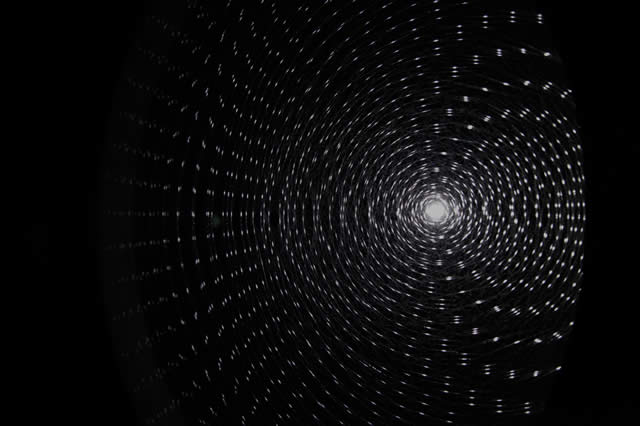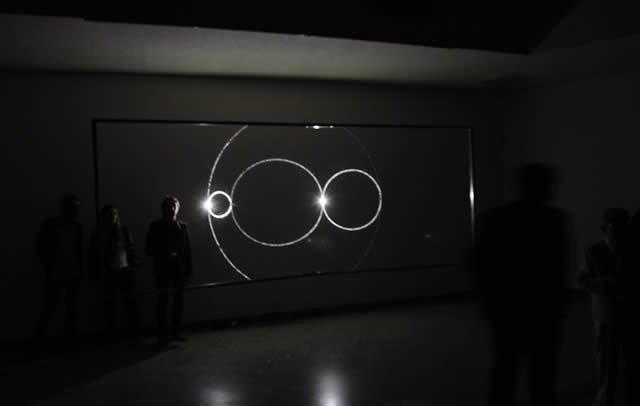|
The Science of Consciousness Conference APRIL 25-30,2016 TUCSON LOEWS VENTANA CANYON RESORT ART-TECH - HEALTH TECHNOLOGY EXHIBIT
IVANA FRANKE Berlin Effects of Phenomenally 'real' and Cognitively 'unreal' Stimuli on Visual Consciousness
Abstract In most everyday situations, vivid visual perception of an entity goes hand in hand with the experience of this entity as phenomenally and cognitively 'real', i.e, as having mind-independent properties, and an existence independent of one's mind. Perceptual vividness and phenomenal realness can each be independently compromised in visual perception. For example, a number of motion illusions with static stimuli are highly vivid but phenomenally unreal as they lack correspondence with an object in the external world. By contrast, objects, e.g., in peripheral vision, fog, or in the far distance, appear less vivid but not necessarily less real. Here, we show a new type of stimulus that appears at the same time perceptually vivid and phenomenally real while it lacks appropriate categories to externalise one's experience. The coincidence of these features is frequently experienced as inexplicable. In a range of 3-dimensional art installations, interwoven nylon strings in a dark room reflect specular highlights. The reflecting surfaces (the strings) are invisible to the observer, and the highlights are perceived as small self-luminous dots grouped into larger configurations. The dots themselves and the entire configurations cannot be clearly located in space. Observer motion induces the perception of counter-intuitive changes of size, shape, distance, and rotation of the configurations. These - at the same time vivid and seemingly inexplicable - perceptual phenomena regularly yield the experience of the configurations as cognitively puzzling and animate. Visitors are prompted to question and speculate on what they perceive, how their movement is related to the perceived changes, and the nature of visual consciousness.
|
|
|||||||||||||



